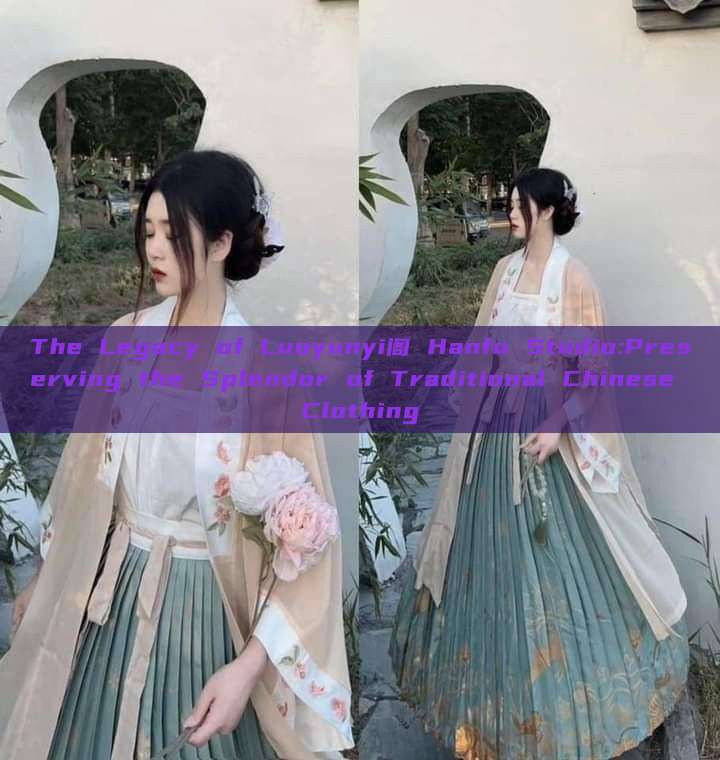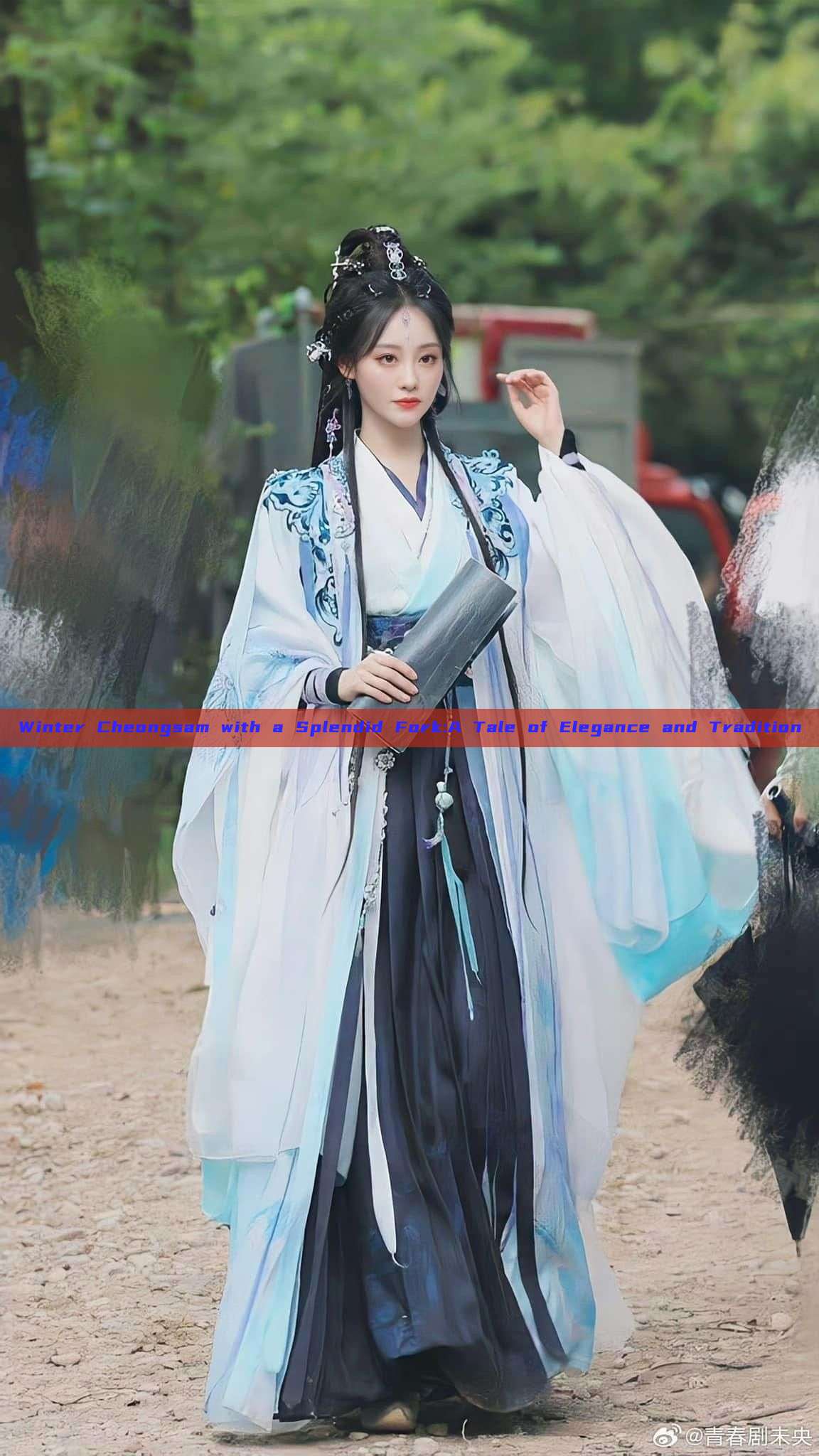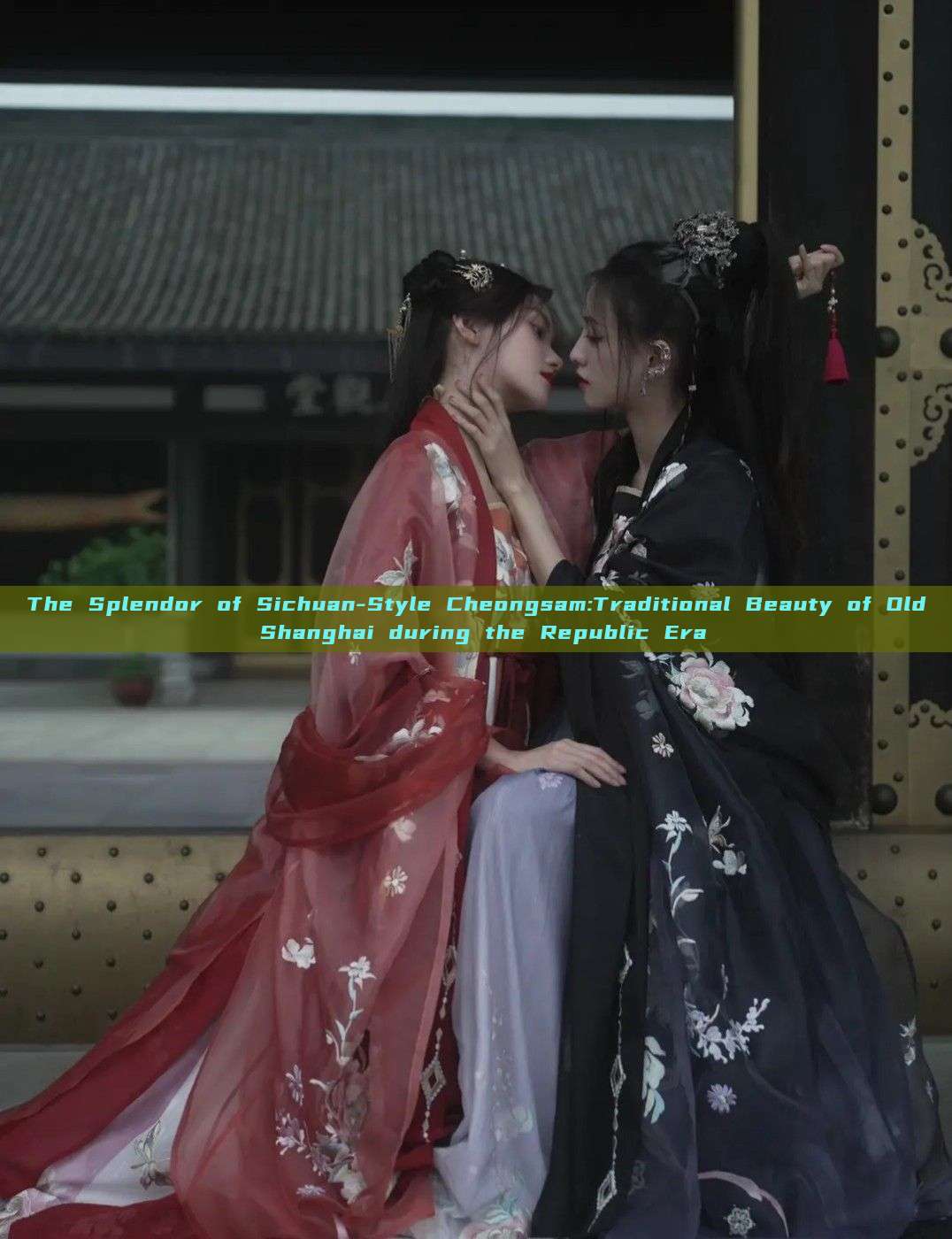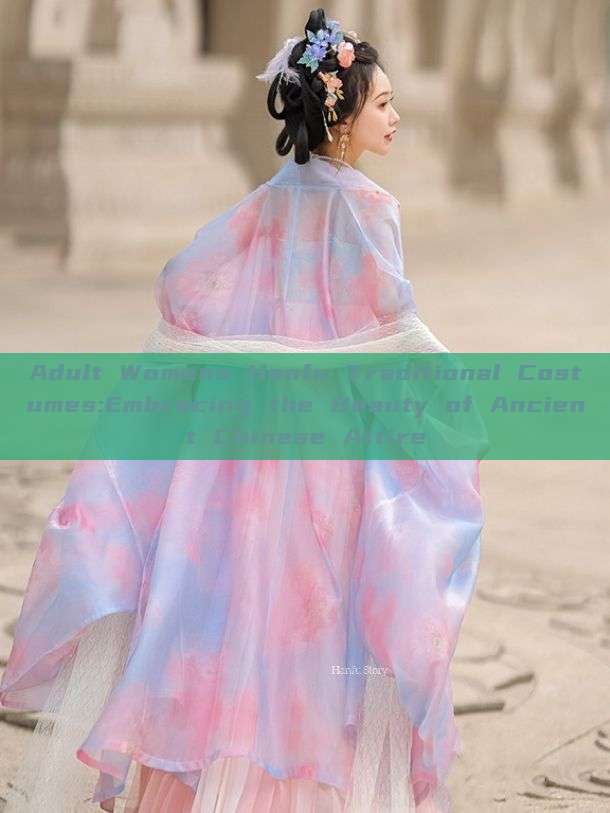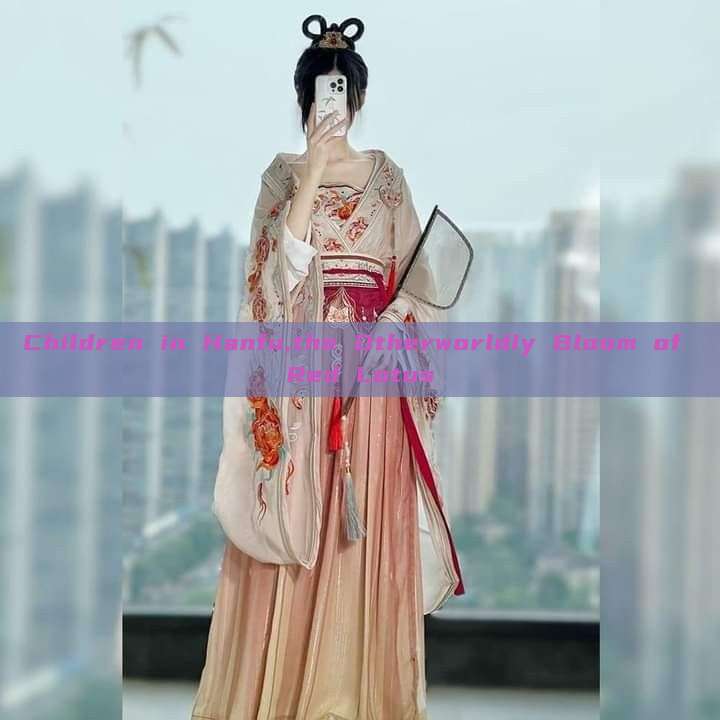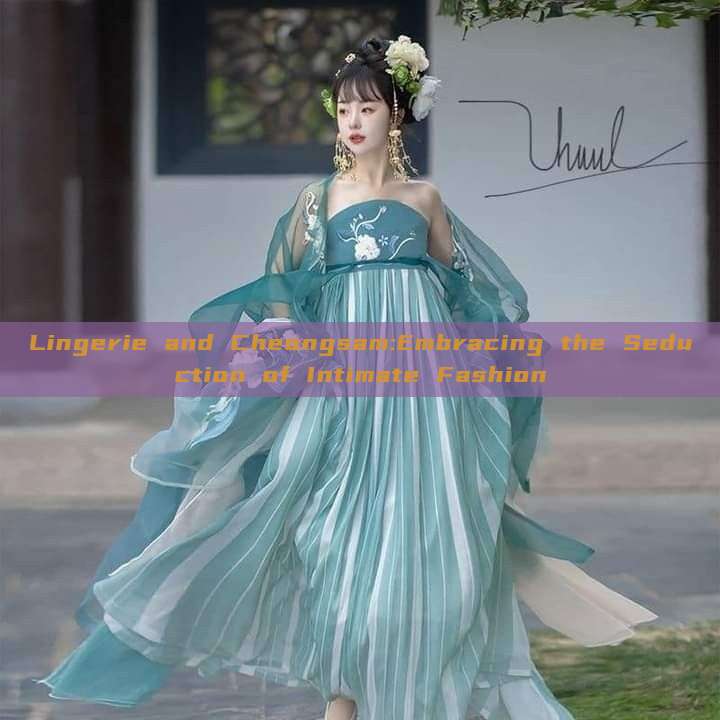In the annals of Chinese history, the Tang Dynasty stands out as a pivotal era in the development of culture, art, and fashion. The Tang-style Hanfu, a traditional Chinese clothing, is renowned for its elegance and uniqueness, particularly in terms of the exquisite fabrics used in its making. This article delves into the rich history and intricate details of the fabrics employed in Tang-style Hanfu, highlighting their significance in Chinese cultural heritage.
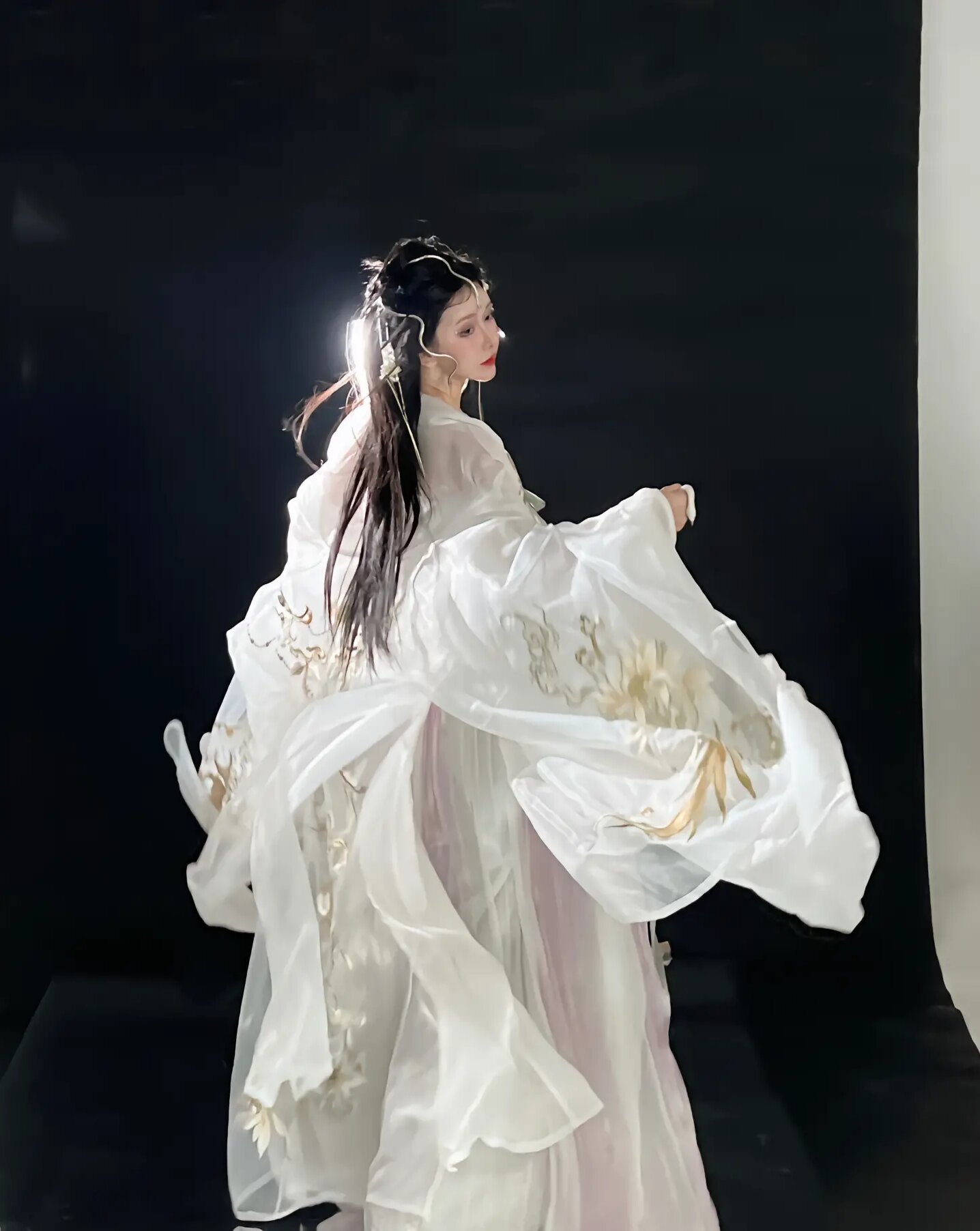
The Tang Dynasty, spanning from 618 to 907 AD, was a time of prosperity and cultural exchange. This era witnessed the evolution of various luxurious and high-quality fabrics that were later employed in the making of Hanfu. The most common and prestigious fabrics used during this period were silk, brocade, and embroidery.
Silk was the most widely used fabric in Tang-style Hanfu. It was highly prized for its softness, durability, and luxurious feel. Silk fabrics came in various forms such as plain silk, pattern-woven silk, and floral-patterned silk. These silk fabrics were often dyed using natural dyes to achieve vibrant colors that complement the intricate designs of Hanfu.
Brocade, a type of woven fabric with a pattern woven into the surface, was also widely employed in Tang-style Hanfu. Brocade fabrics were highly intricate with patterns that often featured animals, flowers, and geometric shapes. These patterns were often repeated throughout the fabric to create a harmonious and visually appealing design.
Embroidery was another important aspect of Tang-style Hanfu fabric. Embroidery techniques such as cross-stitch and running stitch were used to add intricate details and patterns to the fabric. The use of embroidery not only enhanced the visual appeal of Hanfu but also added texture and depth to the fabric.
In addition to these three main fabrics, other materials such as cotton, hemp, and even animal fur were also used in the making of Tang-style Hanfu. These materials were often combined with silk or brocade to create a rich and varied texture.
The selection of fabric for Tang-style Hanfu was not just about aesthetics but also about status and occasion. Different fabrics were associated with different social ranks and occasions, reflecting the wearer's status and the importance of the event. For instance, silk fabrics were often reserved for high-ranking officials and special occasions while brocade and embroidery were used to enhance the visual impact and status of the wearer.
The art of creating Tang-style Hanfu is not just about the fabric but also about the skilled craftsmanship that goes into its making. The intricate patterns and designs, combined with high-quality fabrics, create a unique and beautiful piece of traditional Chinese clothing that is both functional and visually appealing.
In conclusion, the fabric of Tang-style Hanfu is a testament to the skilled craftsmanship and intricate designs of traditional Chinese clothing. It reflects a rich cultural heritage that dates back centuries and continues to inspire people today. The study of these fabrics not only provides insights into Chinese history and culture but also helps preserve and promote this invaluable cultural heritage.

